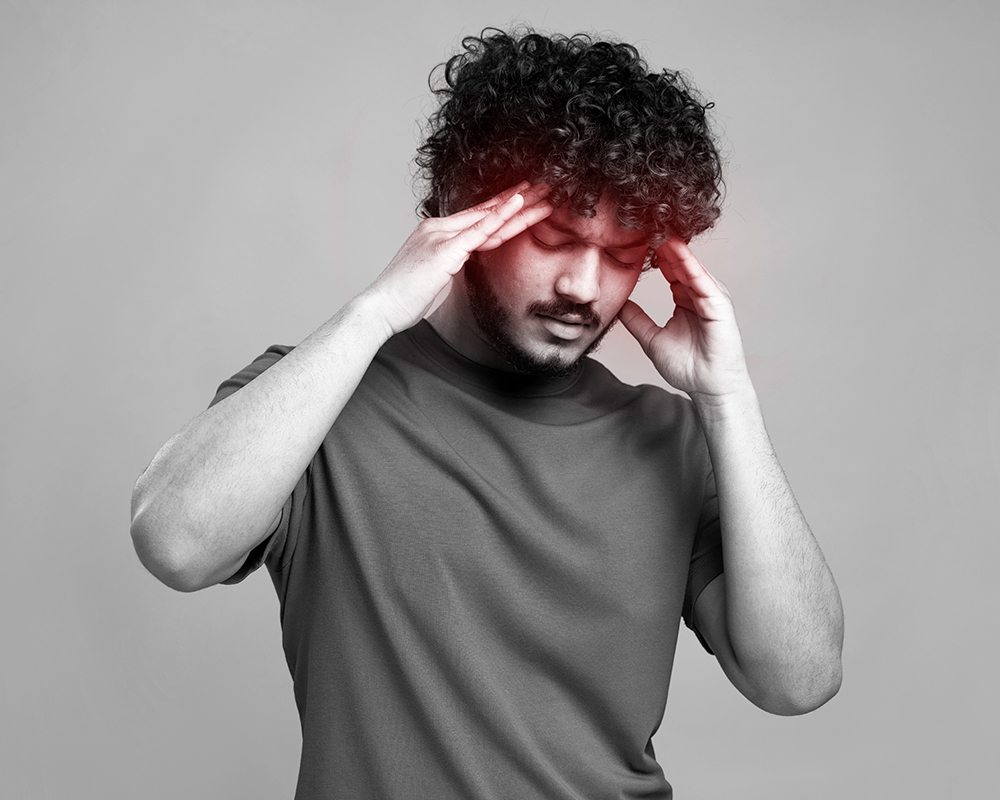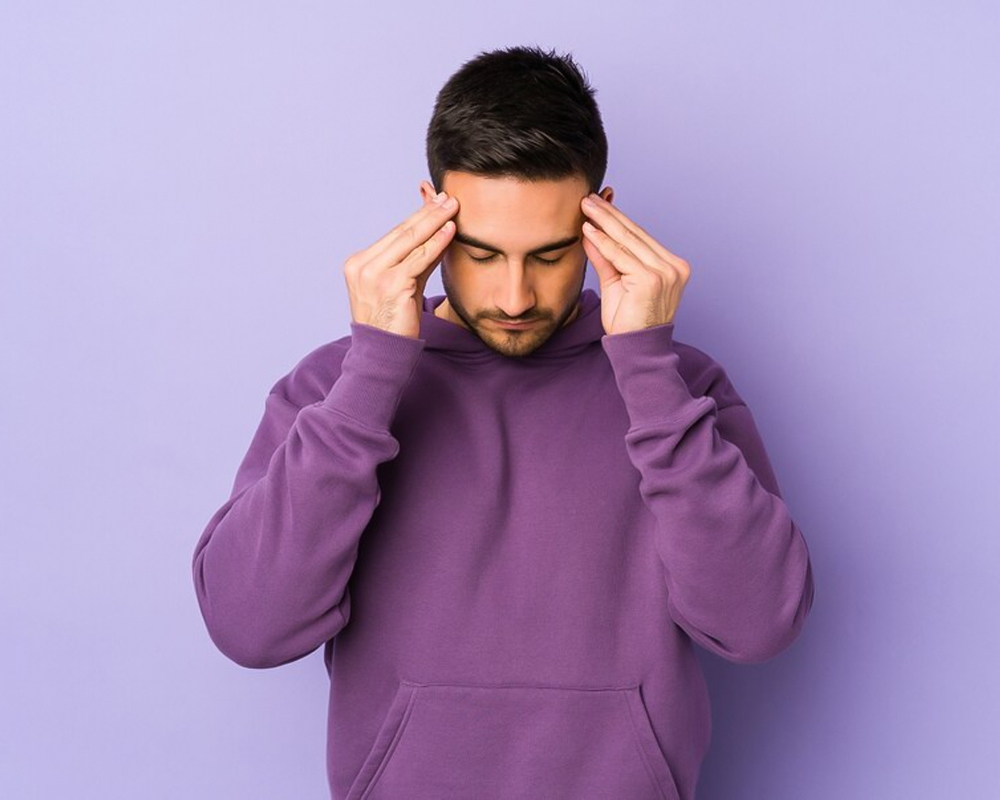Whether the trauma comes from a car accident, military combat, or emotional abuse, PTSD can alter the way people interact with the world. As much as it affects someone, not everyone understands they are experiencing Post Traumatic Stress Disorder (PTSD). Statistically, only 2-11% of patients with trauma symptoms receive a thorough diagnosis.
But how do you identify it? If you are wondering what PTSD may feel like or whether it affects everyone in the same way, we have got you. This blog provides you with an answer to, “what are the 17 symptoms of PTSD” and when to seek professional help.
Introducing PTSD
Ever met someone who would suddenly feel very anxious talking about a past event? Yes, that could mean they have PTSD. It is a mental health condition triggered by witnessing or experiencing a traumatic event. Those who have PTSD often relive the trauma through flashbacks, nightmares, or intrusive thoughts. Sometimes, people may confuse it with anxiety or depression, but it is different and rooted in a specific stressor. Gladly, the symptoms of PTSD can be treated once identified and dealt with care.
What Are the 17 Symptoms of PTSD?
Now, our main query: what are the 17 symptoms of PTSD? These symptoms can vary in intensity and duration, but they all stem from the same root: the body’s response to trauma. Also, not everyone will experience every symptom. At times, one person may encounter the milder symptoms while another goes through all of them in full swing.
Generally, the following 17 symptoms are common in people with PTSD:
1. Flashbacks:
Primarily, flashbacks are one of the easiest symptoms to recognize. Individuals experience the event all over again, feeling as though they are reliving it in real-time.
2. Nightmares:
Often, people with PTSD experience vivid and distressing nightmares about traumatic events, which disrupt sleep patterns and cause anxiety.
3. Intrusive Thoughts:
These are unwanted thoughts that intrude into your mind at any given moment. They can range from memories to vivid, distressing images of the trauma.
4. Avoidance:
Mostly, those with PTSD often avoid places, people, or situations that remind them of the trauma. This is an unconscious attempt to escape the emotional pain associated with these triggers.
5. Emotional Numbing:
People may shut down emotionally, becoming detached or disconnected from others. This numbing can affect relationships and daily life, creating a sense of isolation.
6. Difficulty Sleeping:
PTSD makes it hard for individuals to get restful sleep, often due to racing thoughts, nightmares, or the body’s state of heightened alertness.
7. Irritability and Anger:
Commonly, the emotional toll of PTSD can manifest as irritability or explosive anger. Small triggers can provoke intense responses, making it difficult to interact in social or work settings.
8. Hypervigilance:
Those with PTSD are often on edge, constantly alert to potential dangers. This state of hyperawareness makes it hard to relax or feel safe.
9. Startle Reflex:
The exaggerated startle response is another common symptom. Loud noises or sudden movements can make someone with PTSD feel like they are in danger, even if they’re not.
10. Avoiding Emotional Situations:
People with PTSD avoid emotional or sensitive situations, fearing they may trigger memories of the trauma. This avoidance can cause them to withdraw from relationships and experiences.
11. Concentration Problems:
Difficulty focusing on tasks—whether at work, school, or home—is a common issue. The constant distractions from PTSD symptoms make it hard to stay engaged with daily life.
12. Guilt and Shame:
Survivors often feel guilty, thinking they could have done something to prevent the trauma. These feelings of guilt and shame can keep individuals trapped in their past.
13. Depression:
PTSD can also lead to symptoms of depression. This includes feeling persistently sad, hopeless, or disinterested in activities once enjoyed, further impacting mental and emotional well-being.
14. Memory Issues:
PTSD can cause difficulty with short-term and long-term memory. You may forget important details about the trauma or have trouble recalling everyday events.
15. Physical Symptoms:
Chronic stress from PTSD can lead to physical health problems such as headaches, muscle tension, stomach issues, and even heart palpitations.
16. Self-destructive Behavior:
Unfortunately, some individuals turn to substances, alcohol, or risky behaviors. Mainly, this is an attempt to numb their pain or cope with their emotional distress.
17. Social Withdrawal:
For some, withdrawal from friends, family, and activities is a common symptom. The feeling of being misunderstood can lead individuals with PTSD to isolate themselves, further contributing to loneliness.
Symptoms of PTSD in Women
While both men and women experience PTSD, symptoms of PTSD in women can sometimes differ. Women with PTSD are more likely to experience emotional numbing, depression, and feelings of guilt. They may also have heightened sensitivity to interpersonal relationships, often struggling with social withdrawal and self-esteem issues. For women, PTSD symptoms often impact their ability to manage daily life and relationships, making it vital for them to seek support.
Symptoms of PTSD in Men
Symptoms of PTSD in men can also vary, but they often manifest more through anger, irritability, and externalizing behaviors. Men may exhibit more outward signs, such as aggression or risk-taking behaviors, and may also have difficulty expressing vulnerability. While women may internalize their trauma, men might struggle more with external symptoms, such as engaging in self-destructive behavior or withdrawing from family and friends. So, while some PTSD symptoms are the same in all genders, they may sometimes show up differently.
Conclusion: Recognizing the Symptoms and Taking Action
So, what are the 17 symptoms of PTSD? They range from emotional distress, like guilt and anger, to physical symptoms, such as trouble sleeping and concentration problems. The signs and symptoms of PTSD are complex and can affect every aspect of life. However, all types of symptoms can be treated with timely identification. So, whether you are a man, woman, or teen, you can heal PTSD by seeking expert psychological support.
If you recognize yourself in these symptoms of PTSD, reach out to a healthcare provider, therapist, or counselor today.




